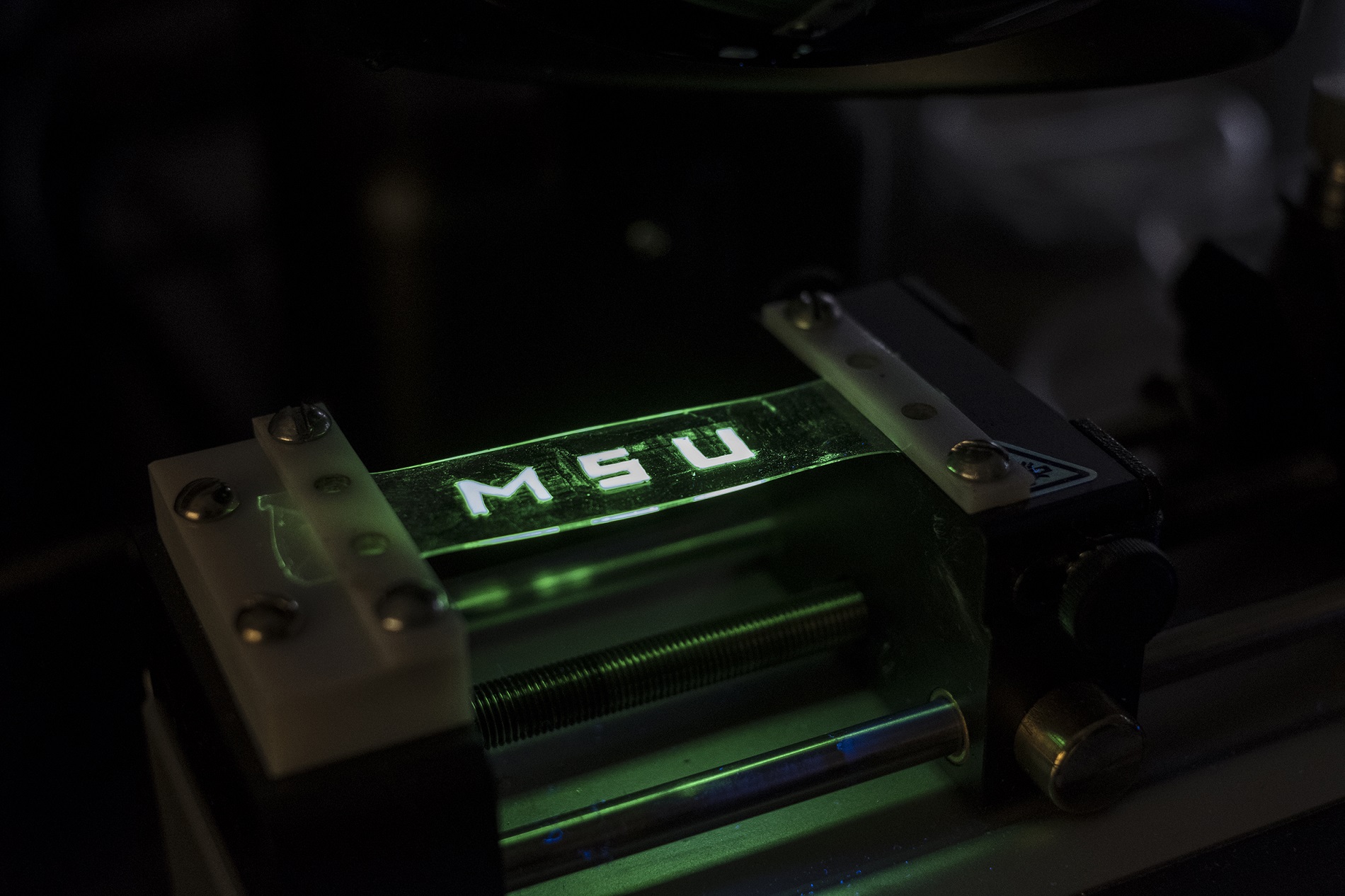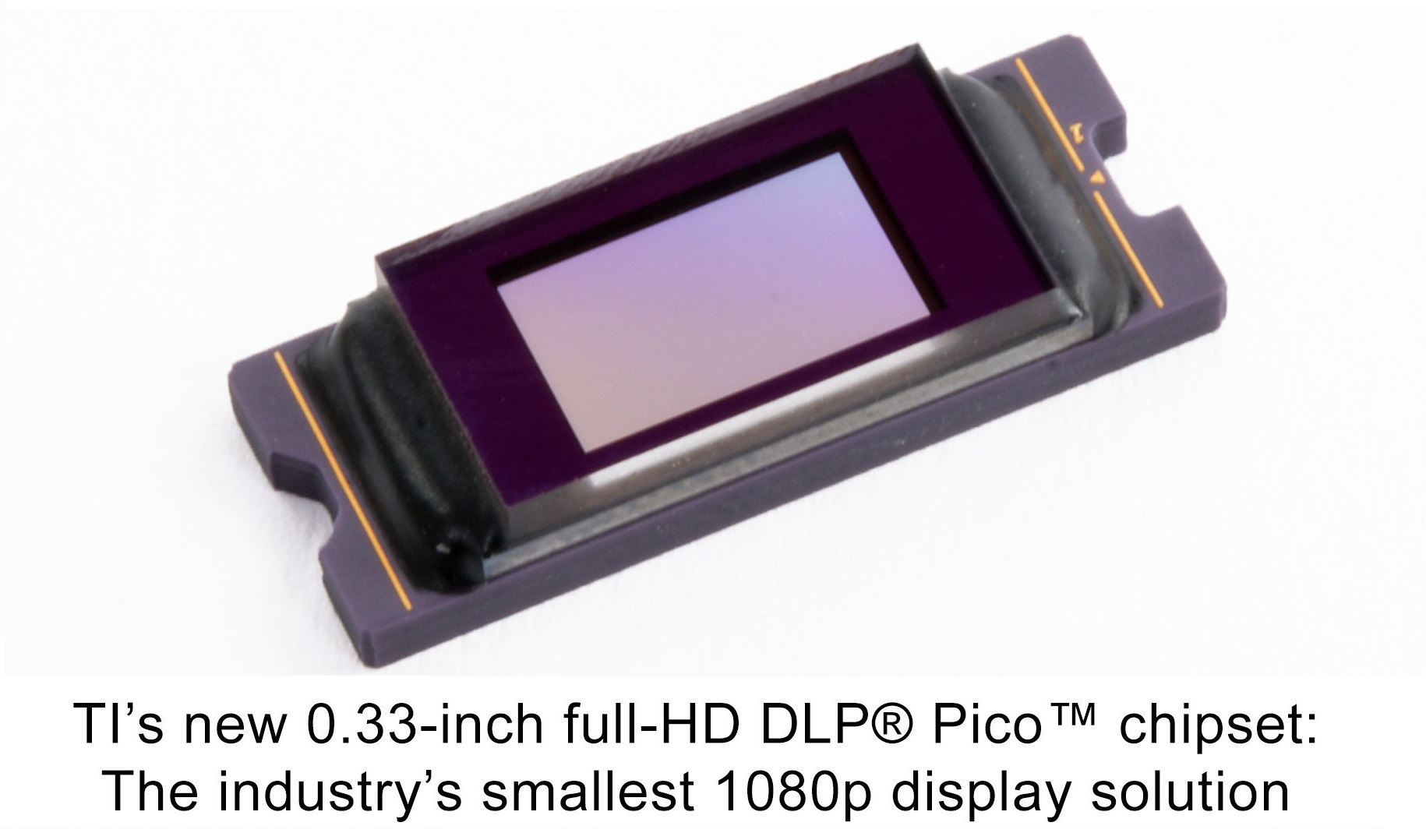May 22, 2024
Rise in the Holographic Display Industry
Welcome to the forefront of visual innovation where the mundane boundaries of the flat screens are transcended into mesmerizing 3-D experiences. The holographic display market, once a realm of science fiction, is now a tangible reality reshaping how we perceive and interact with digital content. Here we delve into the intricates of this burgeoning market, exploring its evolution, current landscape, technological advancements, and prospects.
In the economy we live in today, customer engagement is highly valued and important. Holographic displays are becoming increasingly valuable as they offer an immersive and three-dimensional experience. Imagine a timeline that showcases a company's legacy, but instead of being flat and two-dimensional, it is interactive and three-dimensional. This can be a game-changer in terms of how customers perceive a company. Holographic displays can also bring products to life in a virtual space, providing customers with a 360-degree interactive experience.
Holographic displays are not just about visual spectacle; they are about creating more meaningful and personalized interactions. They offer a level of customization that allows businesses to align the technology closely with their specific objectives, whether it’s educating visitors in a corporate museum or launching a new product line.
Holographic displays are setting new standards for audience engagement for organizations; the market is expected to reach USD 3.45 billion by 2028 at a compound annual growth rate of 23.8%.
Industrial Significance of Holographic Displays:
Holographic displays are extremely important to industry since they are transforming visualization in many different fields. They expedite product design and prototyping in production, improving teamwork and cutting time-to-market. Holographic imaging is used in healthcare to provide accurate anatomical imagery for surgery planning and medical education. Holographic displays are used by retailers to provide engaging product displays and interactive consumer experiences that increase sales and brand engagement. Holographic head-up displays are used by automakers to create safer and more user-friendly driver interfaces. Holographic displays are essential tools for innovation and competitiveness in a variety of industries because they streamline workflows, enhance decision-making, and enhance user experiences.
Evolution through ages
The concept of holography originated in 1947 when physicist Dennis Gabor came up with the theory to enhance electron microscopes. In 1962, Yuri Denisyuk from the Soviet Union made a significant advancement by inventing the white-light reflection hologram. It was the first hologram that could be viewed in the light emitted by an ordinary incandescent bulb. However, it wasn’t until 2005 that the
University of Texas developed the first real 3D holographic display, marking a significant milestone in the field.
Although holography was mostly used in experimental settings in its early years, its practical uses have increased over the last ten years, especially in corporate and brand experience contexts. From being a cutting-edge idea, technology is now a practical instrument for improving consumer interaction and interactively communicating complicated content.
The evolution of holographic displays has been made possible by advancements in related technologies such as spatial light modulators and light field displays. These improvements have led to the creation of more realistic and interactive holograms. As a result, holographic displays are no longer confined to science fiction. They are now being used in various business settings, such as boardrooms, corporate museums, and customer experience centers.
Unveiling the Current Landscape
The holographic display market is witnessing unprecedented growth, driven by advancements in display technology, and increasing demand for immersive user experiences. Some of the other factors driving the holographic displays:
Impact of AR and VR on holographic Displays
The convergence of augmented reality (AR) and virtual reality (VR) technologies with holographic displays has revolutionized user experiences. AR overlays digital content onto the real world, enhancing interactions with holographic elements in everyday environments. VR immerses users in entirely digital worlds, seamlessly integrating with holographic displays to create unparalleled levels of immersion and interactivity.
Regarding consumer acceptance, Research Nester's poll found that 36% and 58% of American consumers, respectively, were aware of VR and AR technologies. Furthermore, it is anticipated that by 2024, there will be 172 million active VR users worldwide.
Together, AR and VR expand the possibilities of holographic displays, enabling users to interact with 3D content in ways previously unimaginable. The synergy between technologies is driving innovation across industries from gaming and entertainment to education and healthcare, unlocking new realms of creativity and engagement.
Growing Adoption in the Healthcare Industry
Holographic Display refers to the real-time capture, encoding, transferring, and rendering of 3D representations. This technology has great potential in the medical field, especially for telemedicine applications. With Holographic Display, it is now possible to conduct remote patient inspections and collaborate on surgical procedures in real time, giving medical practitioners a more realistic and immersive experience. This technology also allows medical professionals to confer with patients virtually and even participate in surgery from a distance. In 2022, the global sector for medical holography was valued at USD 1265.12 billion.
Technological Innovations
Recent years have seen a surge in technological innovations within the holographic display space. From volumetric displays that create 3D images using physical matter to light field displays that mimic the natural behavior of light, the possibilities seem limitless.
Entertainment sector
Concerts are using holographic technology more often to create unique experiences. Holograms, for instance , have been utilized to give fans the impression that their favorite musicians are performing after their deaths. Hologram technology was used in 2014 to bring the late singer back to the stage for the Xscape album promotion. Similar to this, Suga, a member of BTS, was able to participate in the performance despite being physically absent in 2020 thanks to the inclusion of a hologram of him during the Mnet Asian Music Awards (MAMA).
Market Dynamics
Looking through the holographic display markets growth pattern the market can be segmented in according to :
| Type |
|
Electro-holographic displays will generate significant revenue due to the high demand for public communication networks with more bandwidth. Electrical holography is a technique that can convert optics to electronics and has built- in monitoring and management capabilities, supporting an intelligent lambda- switching solution. |
| Dimension |
|
The 3D segment of the holographic display market is growing. These displays show 3D images in XR headsets, creating a more immersive experience. The 3D holographic display system transmits high- resolution 3D images. It includes holographic imaging, coding, and projection. |
| Technology |
|
Semi-transparent or electro-holographic displays currently dominate the holographic display market. This is because they allow real-world objects to blend seamlessly with holographic content, providing an immersive and engaging experience for users. These displays are particularly useful in augmented reality (AR) and interactive entertainment applications. As a result, they have a significant market share in these areas. |
The regional dynamics influenced by technological progress, industry specialization, and regulatory factors are interesting in the Holographic Display market:
- North America: With a large number of businesses and startups committed to expanding the possibilities of holography, the US leads the world in technological advancements and research in the holographic display market.
- Asia-Pacific: In light of a rise in the need for holographic displays in the fields of entertainment, education, and healthcare, China is becoming a major player in the industry.
- Europe: Holographic display integration in industries like manufacturing, design, and healthcare is a major concern for European nations.
Further key players in the market, such as EON Reality Inc., Swave Photonics, Av Concepts, Inc, Qualcomm Technologies, Inc. are pushing the boundaries of what is possible with holographic displays.
- Swave Photonics has developed the world's first 3D holographic display tech for compact XR form factors like smart glasses. HXR produces the world's smallest pixel with a pitch of less than 300nm. This breakthrough enables AI-powered spatial computing, where digital elements interact with the physical world.
- In order to introduce telepresence calls to Qualcomm's Snapdragon Spaces XR Developer Platform, Beem, an augmented reality (AR) communications platform for live and recorded holographic material, recently announced a partnership with Qualcomm Technologies, Inc. and T-Mobile US.
Thought point for stakeholders and investors to capitalize on opportunities in this dynamic market
Investors and stakeholders have a fantastic chance to profit from the holographic display market's explosive development and innovation. Investing in firms at the forefront of holographic display development can provide substantial rewards because of the expanding industry and the rising demand for holographic displays across industries. Additionally, investigating joint ventures and collaborations with important participants in the ecosystem might facilitate access to state-of-the-art technology and promote market leadership. Stakeholders may position themselves to fully utilize holographic displays and impact the digital landscape by deploying resources effectively and staying ahead of developing trends.
Future Outlook & Conclusion
As we gaze into the future, the prospects for the holographic display domain appear to be bright. Growth projections are optimistic, fueled by emerging technologies and evolving consumer preferences. Disruptive innovations on the horizon promise to revolutionize the way we perceive and interact with digital content, further expanding the boundaries of what is possible with holographic displays
What truly sets holography apart is its potential to redefine the very fabric of human-technology interaction. The future of holography is not just about sharper images or more realistic projections; it’s about creating a more intuitive, responsive, and human-centric digital experience. Imagine a world where medical professionals can interact with complex biological structures in real-time, or where remote communication transcends the flat screen to become a truly immersive experience.
Source:
https://www.researchnester.com/reports/holographic-display-market/2021













